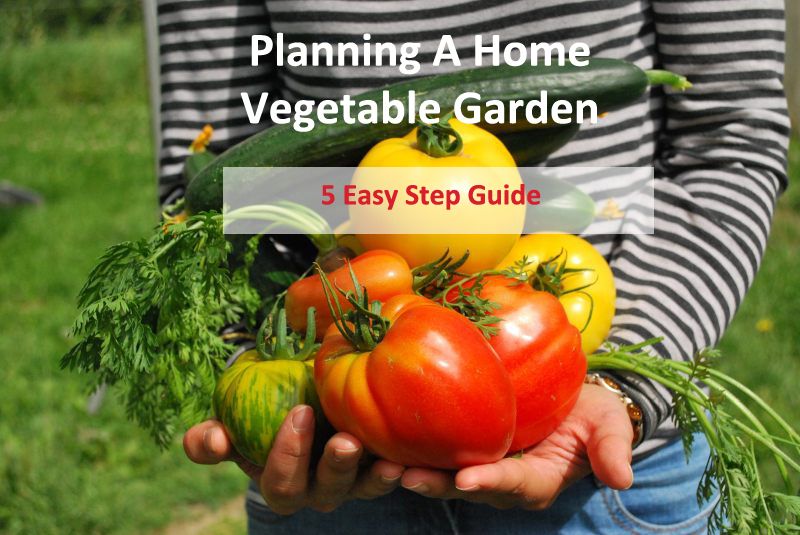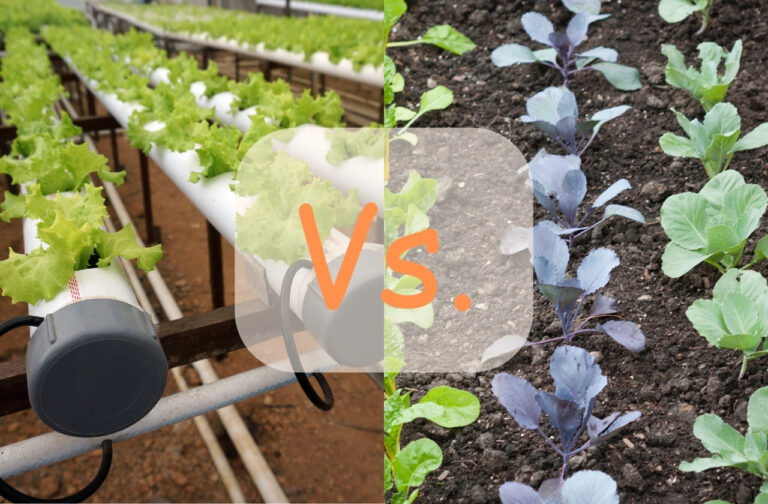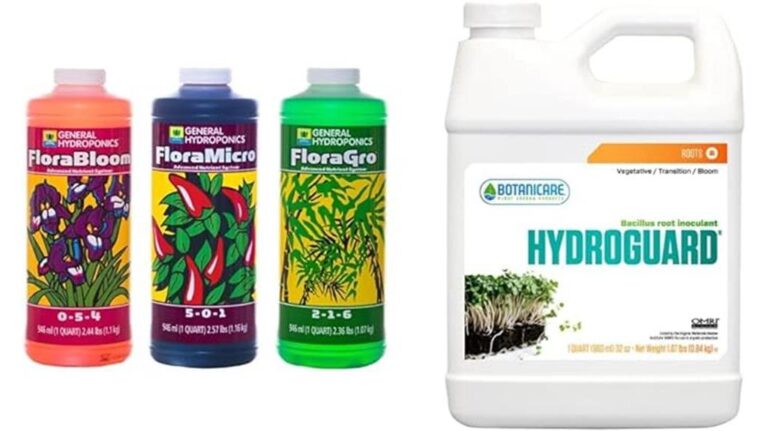Planning A Home Vegetable Garden
I get commissions for purchases made through links in this post. View our Affiliate Disclaimer.
Planning a home vegetable garden requires a strategy, in order to be successful! Having a plan will also allow you to structure the garden to your location, the time you have to spend tending to your garden and what vegetables to plant.
The type of garden we will discuss in planning a home vegetable garden will be a 4 ft x 4 ft garden (1.2m x 1.2m). This area will again be subdivided into 16 blocks of 1 square foot each (30cm x 30cm). This method is often called square foot gardening.
The reason we have chosen this style of garden is that it is takes up relatively little space and is easy to manage. It is large enough to easily produce food for a family of four and have produce left over to preserve for out of season use, or to trade with neigbours or give as gifts!
If you have the space, you can duplicate this model and have multiple square foot gardens to diversify your crops or increase your production. If you are a beginner, I would suggest you start with one garden to find your feet and do some experimentation.
Tools For Planning A Home Vegetable Garden
The tools you will need for planning a home vegetable garden can be as basic as a pencil and piece of paper! I would however, recommend that you have the following at the ready.
- Blank paper – graph paper if you have it. You can cheat by downloading our garden planner sheet
- A ruler
- Pencil and eraser
- A companion planting guide
- A vegetable gardening journal
The first few items on the list are obvious, but here is why I also recommend a companion planting guide and a gardening journal. The companion planting guide will give you an indication of which plants can be planted in close proximity to each other and which ones can’t. The gardening journal will give you a place to record what seeds have been planted in which section of your garden, your planting dates, germination dates and expected harvest dates.
5 Steps To Planning A Home Vegetable Garden
Now that you have all the tools you need let’s get down to the nitty gritty of planning out your vegetable garden!
Step 1. Location
Now that you have just picked up your pencil, put it down again! The first box to tick when planning your garden is to step outside and choose the location of your 4ft x 4ft garden. You can use our handy garden layout planner for this task.
There are a couple of criteria to bear in mind when you do this.
- Choose a sunny spot. Most vegetables require 6 to 8 hours of sunlight per day. They need the sun’s energy to fuel their fruit production to provide you with a bountiful harvest!
- Locate your garden as close to your water supply as possible.
- Leave enough space around the perimeter so you can work on the garden from all sides.
Step 2. Planning Your Planting
You can go back inside for the next step in planning a home vegetable garden. Draw out a grid of 4 x 4 squares on your piece of paper, or use our square foot garden planner sheet.
Get out the seeds you want to plant, and read the packaging to determine the following information:
- Space required between plants – this will determine how many plants can fit in each square. Bushy plants need more space
- How tall do the plants grow?
Once you have this information, consult a companion planting guide to see which of your seeds can be planted in close proximity to each other and which cannot.
Here is a sample layout that you can use as a guideline. You can download the sample layout as a pdf here.
This is how to apply the information you have just gathered! For those living in the northern hemisphere, plan to plant your tallest plants on the northern most part of your garden bed. Those who live in the southern hemisphere should plant the tallest plants on the southern most part of the bed. The reason for this is to prevent the taller plants casting shadows over the smaller growing plants, causing them to not grow properly and not produce quality fruit.
Plan to plant suitable companion plants side by side and unsuitable companions as far from each other as possible.
Your garden journal is a good place to make notes on all these aspects. It is easier to find all the information you need in one place and it is then available for future reference.
Step 3. Planting Preparation
- Prepare the beds. Add a good compost and mix it into the soil.
- Collect material for mulch. This will be to layer on top of the soil to aid in moisture retention and discouraging weeds.
- Prepare trellis material for supporting vining plants such as beans, peas, cucumbers, squash, or tomatoes.
- Practice crop rotation. If this is not your first time planting vegetables, or it is your second season, you need to rotate crops in your bed to prevent depletion of nutrients in the soil and the spread of plant diseases.
Step 4. Crop Rotation Basics
Growing the same plant family in the same piece of soil each season gives diseases a chance to build up in the soil. At a very basic level, you can use the following basic guide for crop rotation.
After cultivating a crop from one of the following families, rotate the crops the next season by choosing a plant from a different family.
- Cabbage family (Brassicas): broccoli, cabbage, Brussels sprouts, cauliflower, rutabaga, turnip, and kohlrabi.
- Leafy Greens: spinach, chard, lettuce.
- Legumes: Beans, peas.
- Vine Crops: squash, cucumber, watermelon, pumpkin.
- Tomato family (Nightshade): Peppers, potato, tomato, eggplant.
- Root Vegetables: Carrots, Beets, turnips, radishes, onion, garlic, leeks.
Use your garden journal to store your vegetable garden layout so that you can effectively rotate your crops the following season.
Step 5. Maintenance Planning
Plan your garden maintenance in your gardening journal. The tasks you need to keep in mind for your garden should include the following.
- Keep garden watered. Schedule your watering, remembering to water the plants at the frequency that each one needs.
- Weed your garden. Schedule a weeding session at least once a week. This will keep everything manageable and stop a weed problem from getting out of hand. Weeding regularly also stops the weeds from stealing nutrients from your veggies!
- Feed your plants. Some of the plants in your garden may require a little extra fertiliser or compost before they bear fruit. Plan your feeding schedule in your journal according to your plant needs.
Here is a maintenance tip. If you need to thin seedlings out, use scissors to snip off the unwanted plants. Pulling up excess plants may disturb the root systems of the plants you want to keep growing.
Subscribe to our newsletter on the form below to be notified when out next post on home vegetable gardening, homesteading and survival is available.
You may also want to read our post on why you need a home vegetable garden!
Get more posts like this
Subscribe to our mailing list and get interesting homesteading and green living info and updates to your email inbox.
Thank you for subscribing.
Something went wrong.








This is a great starting point for anyone wanting to grow vegetables for the first time.